How To Use Coconut Oil For Tanning
Get that sunkissed glow with the nourishment and goodness of this versatile oil.
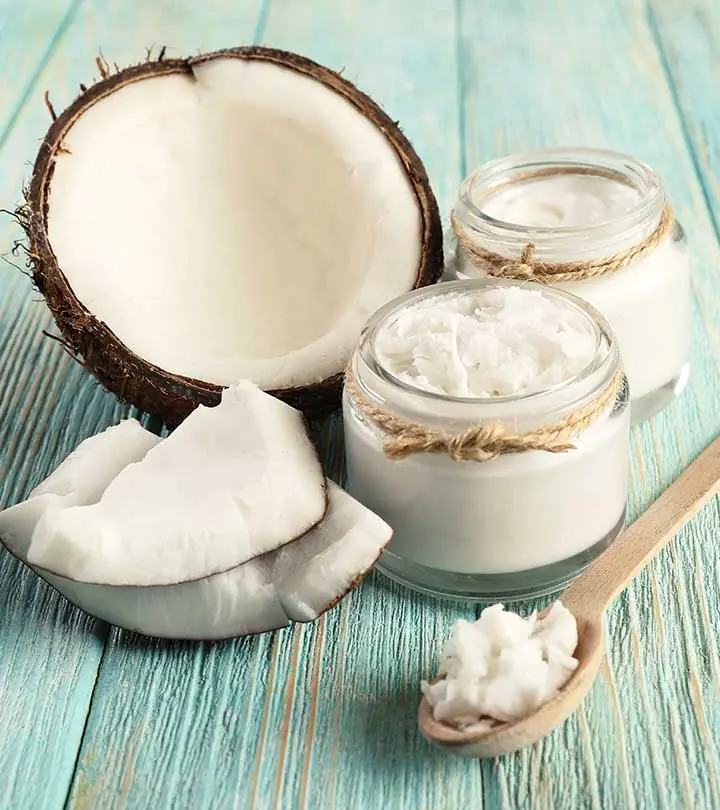
Image: ShutterStock
If you are someone who wishes to have a body that looks like you just returned from a summer beach vacation, then this article is for you. Anyone who wants to have a tanned body without artificial tanners can use coconut oil for tanning.
Coconut oil helps you get a perfect tan and maintains your skin’s hydration levels during sunbathing. But it has its own limitations as a tanning agent. While it may enhance tanning, it does not offer sufficient protection against harmful UV rays. Hence, pairing it with a broad-spectrum sunscreen is essential. Now, how do you use it for tanning? Is it safe to use coconut oil for tanning? How does it work? This article discusses everything you need to know about tanning with coconut oil. Keep reading to learn more.
In This Article
Does Coconut Oil Help You Tan?
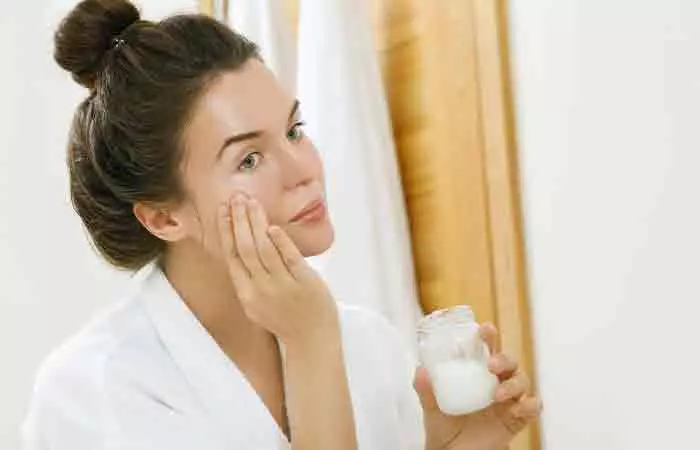
Tanning with oils helps attract and focus the UV rays on the skin. It may also help increase the rate of tanning. While coconut oil does not provide sufficient SPF protection, it can certainly be used as an alternative to synthetic tanning lotions and oils.
Dr. Anna Chacon, a board-certified dermatologist, says, “Coconut oil can help with tanning, and it helps if you want to keep your tanning “organic” and “natural.” However, coconut oil cannot protect you from sunburn and other harmful effects of the sun’s UV rays.”
The composition and ingredients in coconut oil as sunscreen can benefit your skin in countless ways. Here’s precisely how it helps you tan efficiently:
1. Coconut Oil Speeds Up The Absorption Of Vitamin D
Vitamin D is essential for both your body and skin. While coconut oil blocks UV rays by 75%, thanks to its SPF of 4, it also allows your skin to absorb the goodness of vitamin D rapidly. Dermatologists suggest using coconut oil as a supplementary product but emphasize the importance of applying a top-quality sunscreen with a minimum SPF 30 to protect against sun damage.
2. Coconut Oil Nourishes And Protects Your Skin

During a tanning session, your skin is exposed to strong sunlight and harmful UV rays. Coconut oil helps cut down skin damage with the help of the stable saturated fats in it that form a protective layer on your skin. Studies show it soothes skin, reduces inflammation, and boosts skin barrier protection by increasing key proteins. It is safe, non-irritating, and offers moderate UV protection (1). These saturated fats and vitamins provide nourishing care to your skin and help reduce the loss of moisture. Additionally, using coconut oil for the skin helps replenish the natural shine of your skin.
3. Coconut Oil Has Antibacterial And Antifungal Properties
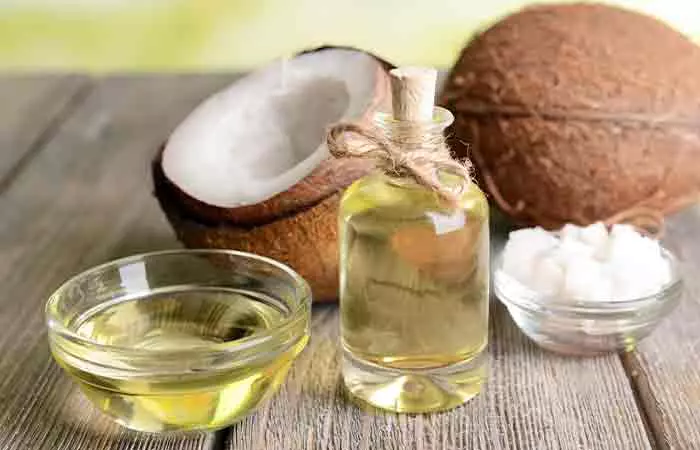
Since your skin remains exposed to the sun for hours while tanning, it is an open invitation for microbes, bacteria, and fungus of all types that may cause infections. Coconut oil contains medium-chain triglycerides (MCTs), capric acid, myristic acid, and lauric acid that lend it antifungal and antimicrobial properties and guard your skin against infections (2).
4. Coconut Oil Reduces Skin Inflammation
In case of possible inflammation resulting from the scorching sun, dust, or other environmental factors, coconut oil soothes your skin and helps prevent flare-ups. Its anti-inflammatory properties also prevent your skin from peeling or cracking.
Lastly, coconut oil is free of all the harmful chemicals and irritants that make the use of artificial products less preferable.
Using coconut oil for a radiant, natural, sun-kissed glow is simple. For best results, use virgin coconut oil as it offers more benefits than refined coconut oil.
 Quick Tip
Quick TipCheck out the step-by-step guide on how to use coconut oil for tanning in the next section.
Key Takeaways
- Coconut oil helps you get the perfect natural tan without artificial tanners.
- It allows your skin to absorb vitamin D faster.
- It reduces moisture loss from your skin.
- It helps guard your skin against infections with its antifungal and antimicrobial properties.
- Coconut oil may result in acne breakouts if you have oily skin.
- Applying coconut oil evenly to your skin, followed by sitting under the sun for 20 minutes, can give you an even, naturally tanned look.
How To Use Coconut Oil For Tanning – Step-By-Step Tutorial

Step 1: Massage some coconut oil all over your body. Make sure you cover every bit of exposed skin to moisturize and tan evenly. If you are heading to the beach or the pool, you can take it with you in a pump bottle.
Step 2: Remember to wear your sunglasses and hat. Your eyes and the skin around it are extremely delicate and need UV protection. Also, avoid falling asleep outdoors with your sunglasses as it can create some unsightly tan lines on your face.
Step 3: Go bask in the sun. However, do not stay in direct sunlight for longer than 20 minutes at a time. The effects can vary from person to person, depending on your skin type. Stick to 15-20 minutes a day to get a bronze tan and soak up adequate amounts of vitamin D. Dr. Anna Chacon, a board-certified dermatologist, says “Twenty minutes under the sun with coconut oil on your skin can help you achieve a natural tan. But make sure not to stay too long under the sun.”
A beauty and fashion YouTuber recommends using coconut oil to get a deep tan in case one has a very pale skin type. She records her own experience thus: “I was only tanning for thirty minutes the other day, and I came back, and I looked like burnt toast, really, in a good way, of course! (i)”. She suggests combining it with another SPF to ensure the skin stays protected throughout the process.
You can enhance coconut oil’s effectiveness for tan removal by using it with turmeric. Discover why and how in the following section.
Coconut oil And Turmeric For Tanning
Turmeric is renowned for its anti-inflammatory and antioxidant properties, which not only aid in skin lightening but make it a useful remedy for tanning (3).
What You Need
- 2 tablespoons coconut oil
- 1 teaspoon turmeric powder
Process
- In a bowl, combine the coconut oil and turmeric powder to create a paste.
- Ensure your skin is clean and dry.
- Gently apply the turmeric-coconut oil mixture on the tanned areas of your skin.
- Massage it in circular motion for a few minutes.
- Leave it on for 15-20 minutes to allow the mixture to absorb.
- Rinse off with lukewarm water and a mild cleanser.
- Use this remedy regularly to gradually reduce tan and improve your skin’s overall health and appearance.
The Dangers of UV Exposure
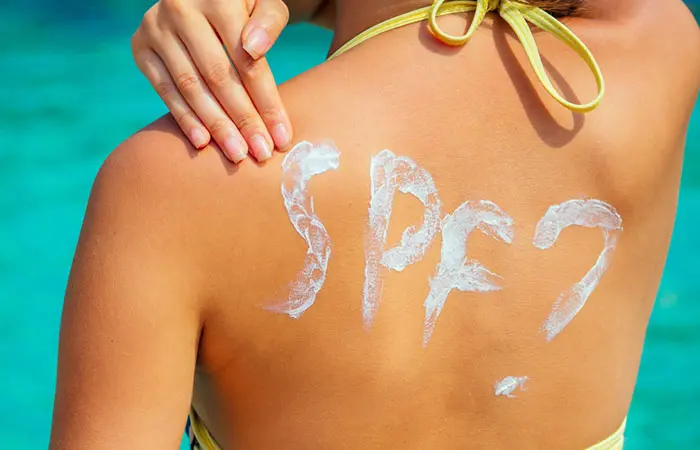
Spending a lot of time in the sun, especially without sun protection, can not only damage your skin but can also cause premature aging and lead to skin cancer (4). Coconut oil as tanning oil works best for women. However, you should remember that while coconut oil may help keep your skin hydrated, it offers no real protection against the harmful effects of UV rays. Compared to sunscreens formulated with broad-spectrum UV filters, coconut oil lacks essential ingredients to shield your skin from both UVA and UVB radiation. No oil, including coconut oil, can replace sunscreen or provide adequate UV protection. The belief that natural oils are sufficient for sun protection is misleading and dangerous. Always prioritize wearing sunscreen, protective clothing, and hats, and seek shade when the sun is at its peak. This will ensure you’re taking the best possible care of your skin.
So, the question is, is there such a thing as a safe suntan?
The answer is, yes. Although it does not come without risks, the best way to get a healthy tan is to not overexpose your skin to UV rays. It is advisable to tan gradually by dividing your time under the sun evenly to reduce sunburn.
Tan in small doses and choose wisely what time you decide to go for a suntan. The United States Environmental Protection Agency (EPA) says UV strength is greatest from 10 a.m. to 4 p.m. during sunny summer days (5).
 Quick Tip
Quick TipDespite the fact that coconut oil is beneficial for your skin in many ways, it is not a good idea for everyone to use it for tanning. Coconut oil may have different effects on different people depending on their skin type and how they react to the sun. Keep reading to learn more.
Tips For Using Coconut Oil For Tanning On Different Skin Types
For Oily And Acne-Prone Skin:
- Coconut oil is comedogenic, meaning it can clog pores and lead to breakouts. In a study on rabbits, researchers applied coconut oil to rabbits’ ears for five weeks and checked for comedones (pore blockages). The results showed that it caused similar pore blockages, and may contribute to acne (6).
- If you have oily or acne-prone skin, avoid using coconut oil for tannin, as it may aggravate acne. Opt for non-comedogenic sunscreens instead.
For Dry Skin:
- Coconut oil can help lock in moisture, making it a decent choice for post-sun care.
- However, it provides insufficient UV protection, so always pair it with a broad-spectrum sunscreen to prevent burns and long-term damage.
For Sensitive Skin:
- Coconut oil may be soothing and reduce redness due to its anti-inflammatory properties (1).
- Perform a patch test before use to ensure you don’t develop irritation or allergic reactions.
- Avoid prolonged sun exposure as sensitive skin is more prone to burns and UV-related damage.
For Fair Or Sun-Sensitive Skin:
- Coconut oil is not advisable since fair skin burns easily and requires strong UV protection.
- Always use sunscreen with at least SPF 50 to minimize sunburn risk.
For Mature Or Aging Skin:
- Coconut oil may help with moisture retention, but aging skin needs better sun defense to prevent collagen breakdown and age spots.
- When choosing sunscreens for mature skin, it is important to look for those with additional anti-aging ingredients like antioxidants. This will provide a more comprehensive sun defense.
Infographic: Why Is Coconut Oil Good For Tanning?
As you come down to the end of this article, we’d like to take you through memory lane to remind you why coconut oil is good for tanning. Take a sneak peak at all of its amazing beauty and skin care benefits. And, keep reading to also get a refresher on the right steps to use coconut oil.
Check out the below infographic to know more! Illustration: StyleCraze Design Team
People looking to get tanned without using artificial tanners can use coconut oil for tanning. Studies suggest that using coconut oil may quickly absorb vitamin D from the sun and protect the skin from inflammation while also acting as a moisturizer. Its high vitamin and healthy fat content makes it suitable for hydrating dry skin and protecting the skin from skin infections. You can apply some coconut oil over your body and sit under the sun for 20 minutes to get a natural tan. Be careful not to sit under the sun for too long as coconut oil does not offer enough protection against UV rays.
Frequently Asked Questions
Is coconut oil a natural sunscreen?
No. Natural oils like coconut oil cannot be used as standalone sunscreen. It does not offer the SPF needed to keep your skin safe from UV rays. Coconut oil for tan removal is a safe way for Skin. According to Dr. Anna Chacon, a board-certified dermatologist, “It can help to mix sunscreen and coconut oils to keep your skin hydrated and protected under the sun.”
Is olive oil or coconut oil better for tanning?
Olive oil and coconut oil are both excellent for tanning. However, using olive oil for tanning will result in a better tropical glow than coconut oil because it attracts UV rays to the skin quickly. Also, the presence of fats may help shield the skin and prevent the formation of pressure ulcers.
Is coconut oil or baby oil better for tanning?
Using baby oil for tanning is not safe because it allows UV rays to pass through your skin layers. Coconut oil is preferable to baby oil.
Does coconut oil lighten or darken the skin?
Coconut oil can help lighten the skin. Also , when used along with lemon juice, it further enhances the skin lightening process.
Illustration: How To Use Coconut Oil For Tanning

Image: Stable Diffusion/StyleCraze Design Team
References
Articles on StyleCraze are backed by verified information from peer-reviewed and academic research papers, reputed organizations, research institutions, and medical associations to ensure accuracy and relevance. Read our editorial policy to learn more.
- In vitro anti-inflammatory and skin protective properties of Virgin coconut oil, Journal of Traditional and Complementary Medicine, US National Library of Medicine, National Institutes of Health.
https://www.ncbi.nlm.nih.gov/pmc/articles/PMC6335493/ - Anti-Inflammatory and Skin Barrier Repair Effects of Topical Application of Some Plant Oils, International Journal of Molecular Sciences, US National Library of Medicine, National Institutes of Health.
https://www.ncbi.nlm.nih.gov/pmc/articles/PMC5796020/ - Turmeric: A condiment, cosmetic and cure, Indian Journal of Dermatology, Venereology and Leprosy.
https://ijdvl.com/turmeric-a-condiment-cosmetic-and-cure/ - Sunlight and skin cancer
https://pmc.ncbi.nlm.nih.gov/articles/PMC113773/ - Sun Screen: The Burning Facts, Air and Radiation, United States Environmental Protection Agency.
https://www.epa.gov/sites/default/files/documents/sunscreen.pdf - Comedogenicity of Oils
https://www.ijcmr.com/uploads/7/7/4/6/77464738/ijcmr_2657_v1.pdf
Read full bio of Dr. CP Thajudheen
- Dr. Anna Chacon, MD, FAAD, is a double board-certified dermatologist with over 7 years of experience. She has authored many peer-reviewed articles and managed clinical research studies during her fellowship. She completed her medical school in the PLME (Program of Liberal Medical Education) at Brown University.
 Dr. Anna Chacon, MD, FAAD, is a double board-certified dermatologist with over 7 years of experience. She has authored many peer-reviewed articles and managed clinical research studies during her fellowship. She completed her medical school in the PLME (Program of Liberal Medical Education) at Brown University.
Dr. Anna Chacon, MD, FAAD, is a double board-certified dermatologist with over 7 years of experience. She has authored many peer-reviewed articles and managed clinical research studies during her fellowship. She completed her medical school in the PLME (Program of Liberal Medical Education) at Brown University.
Read full bio of Esha Saxena
Read full bio of Ramona Sinha
Read full bio of Monomita Chakraborty










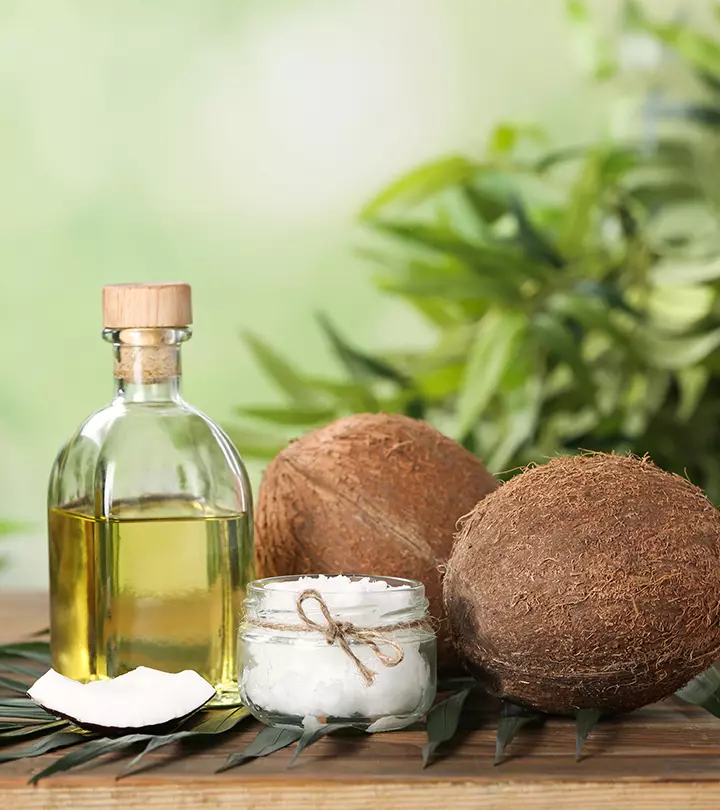
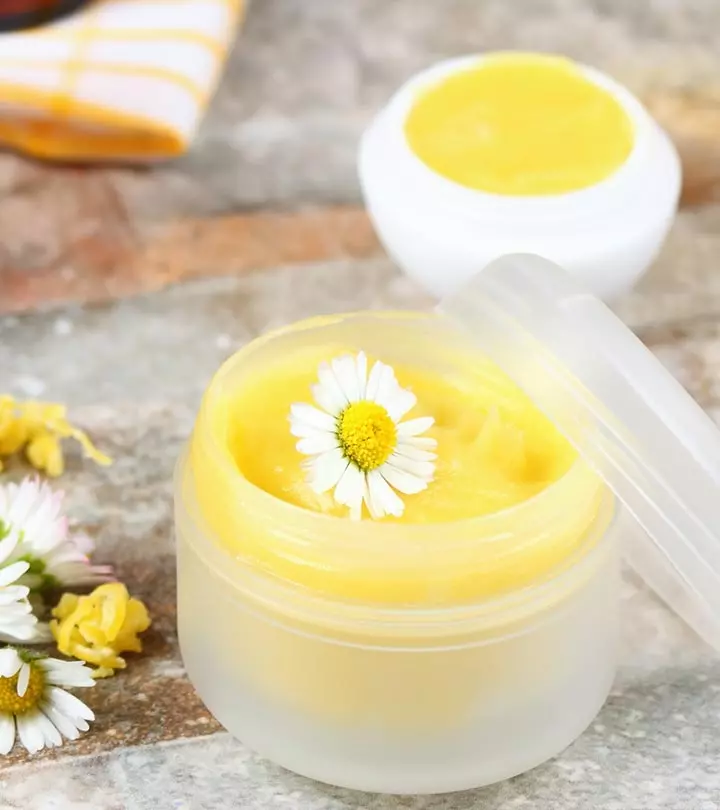

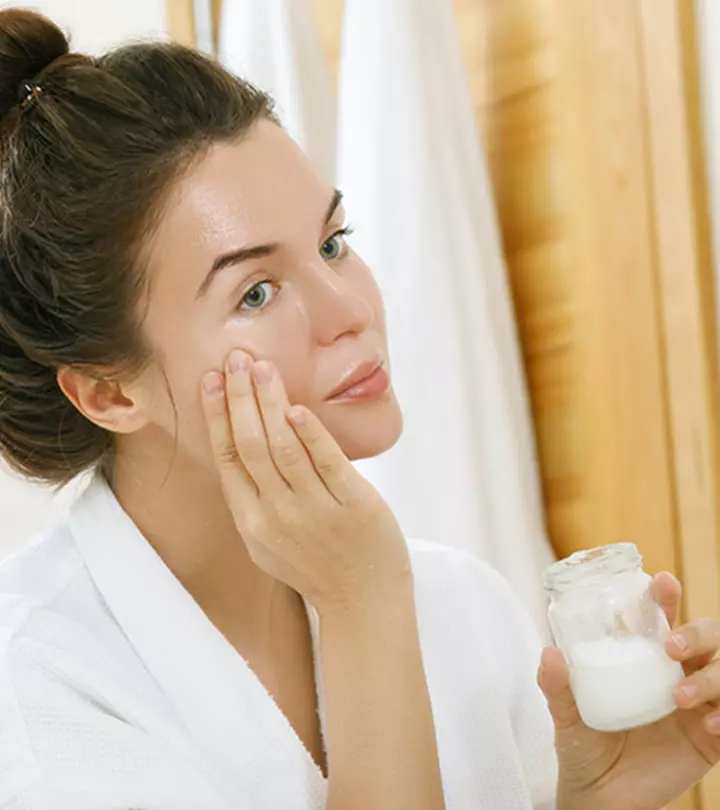
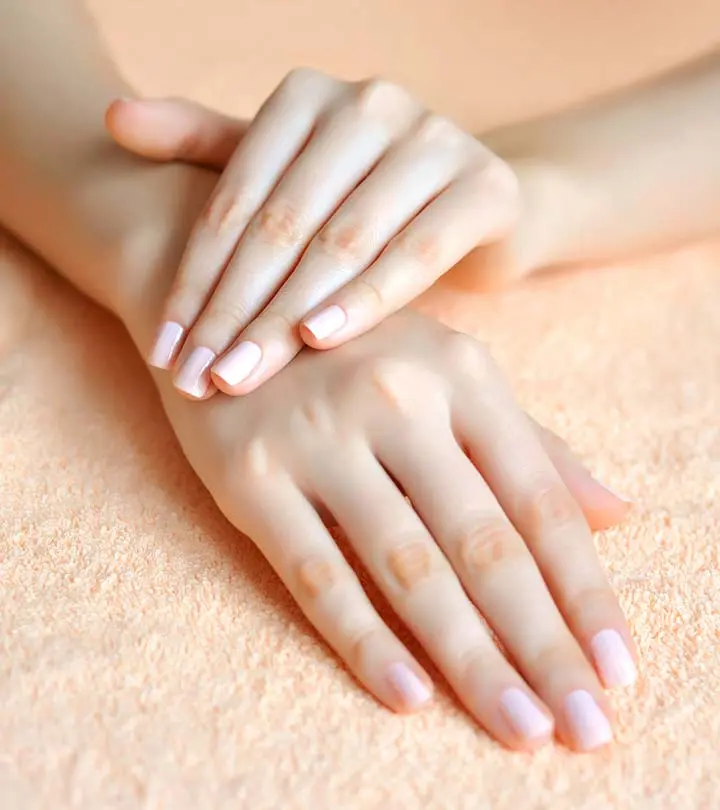
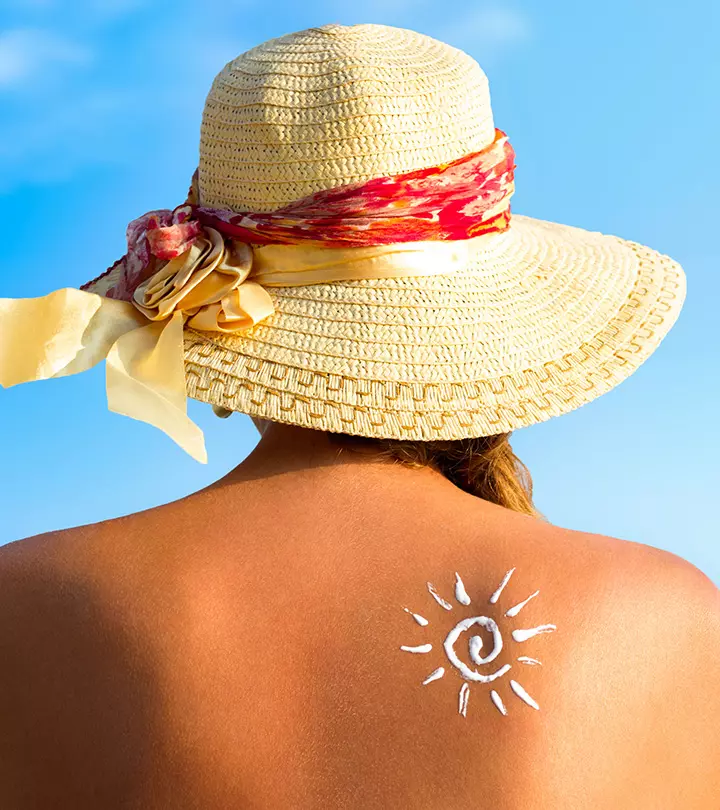
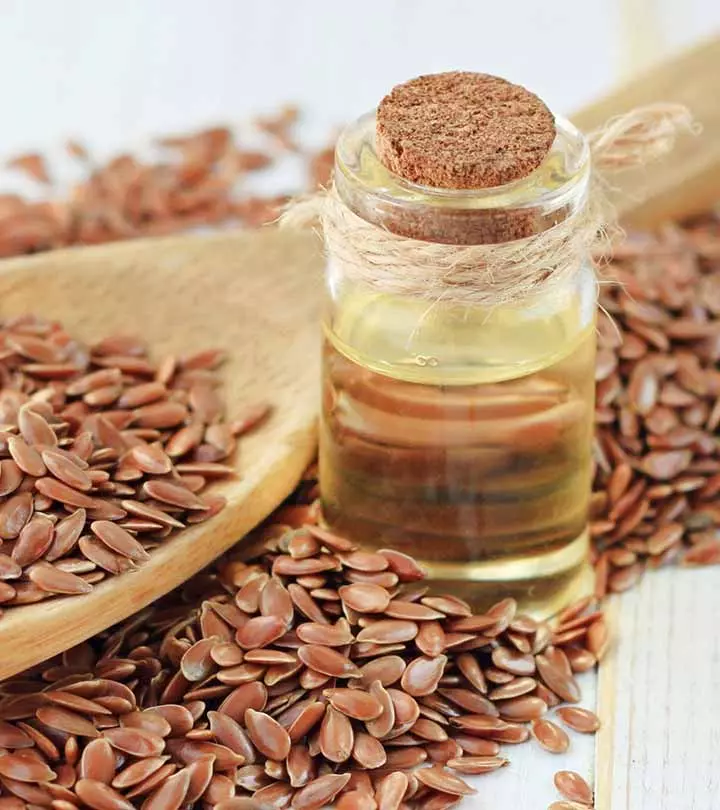
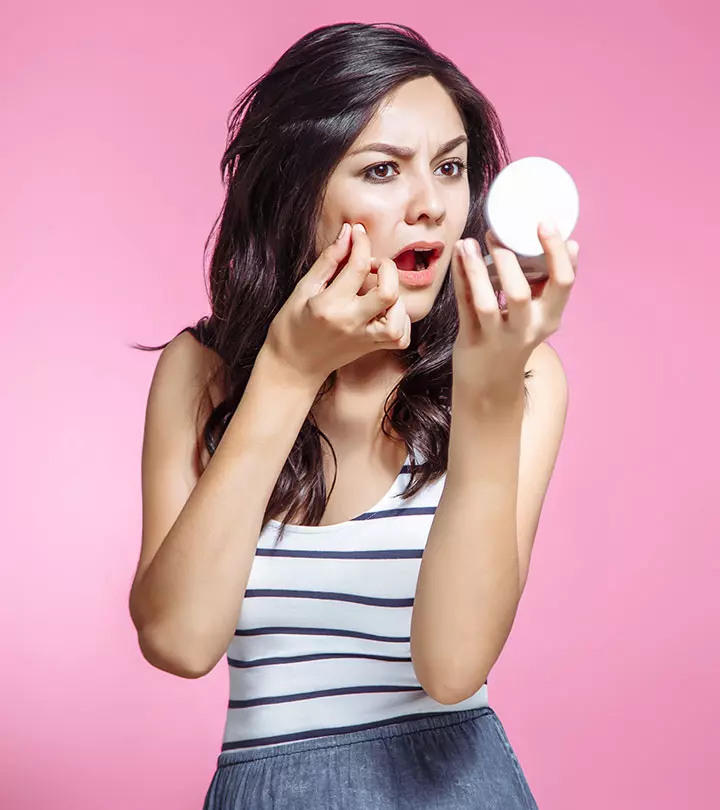
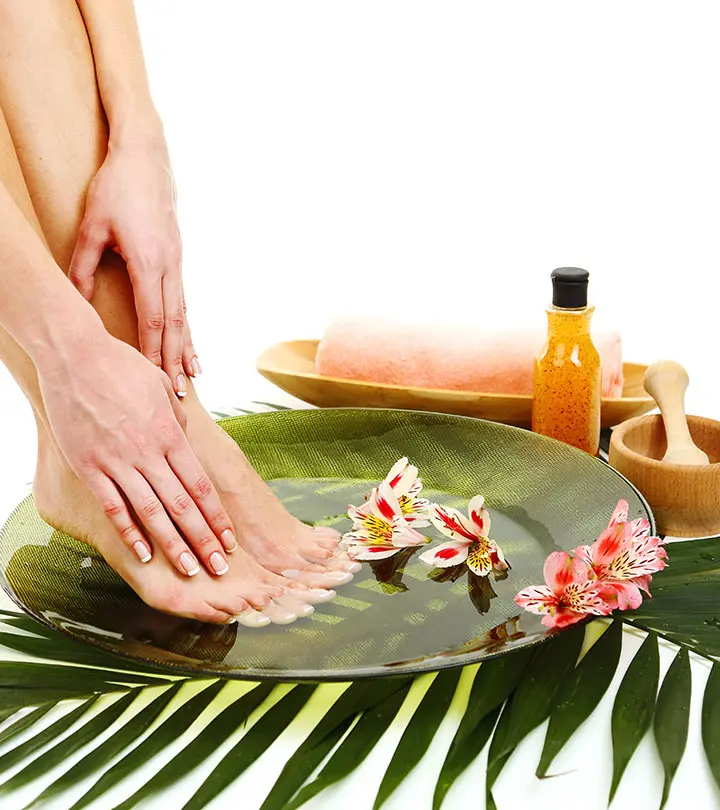
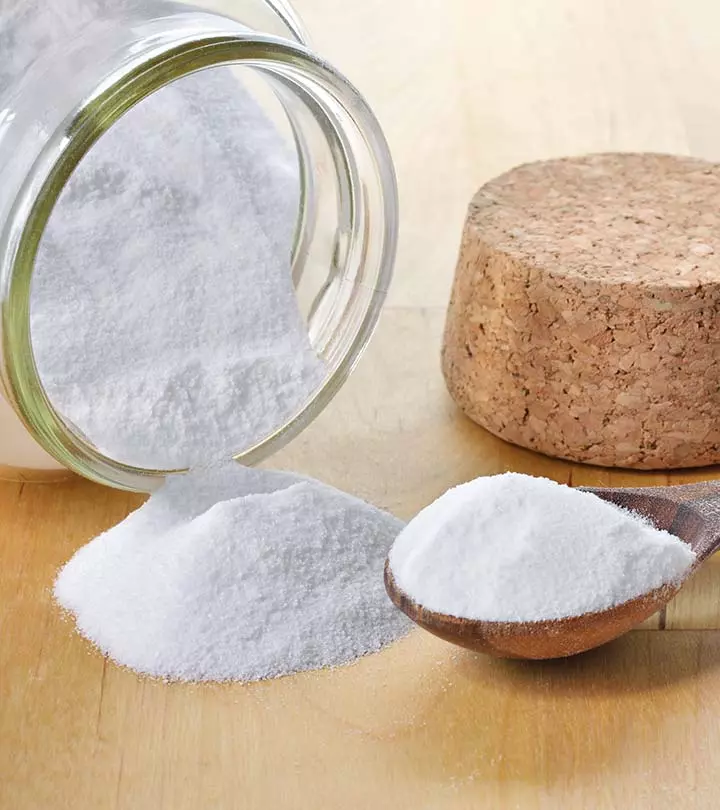
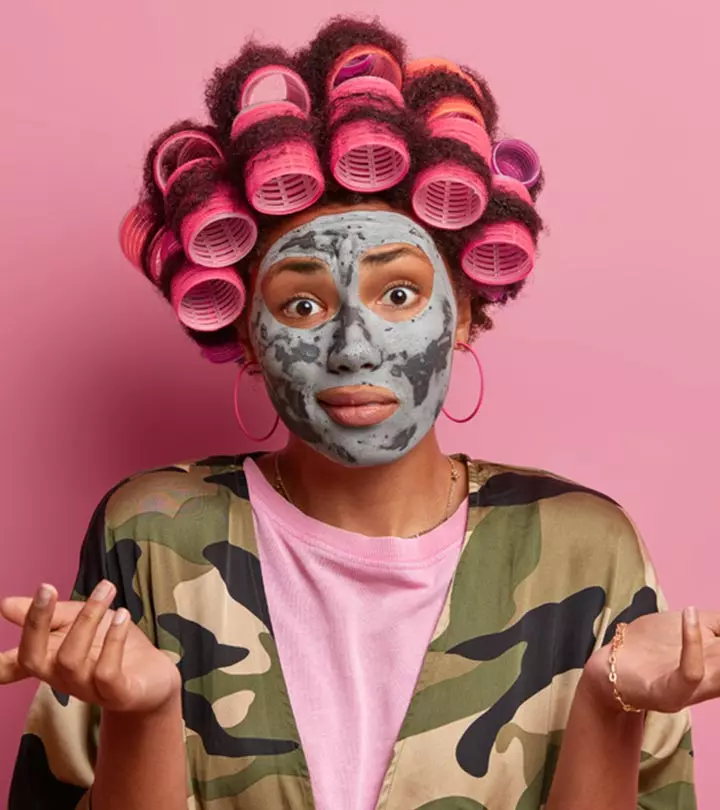
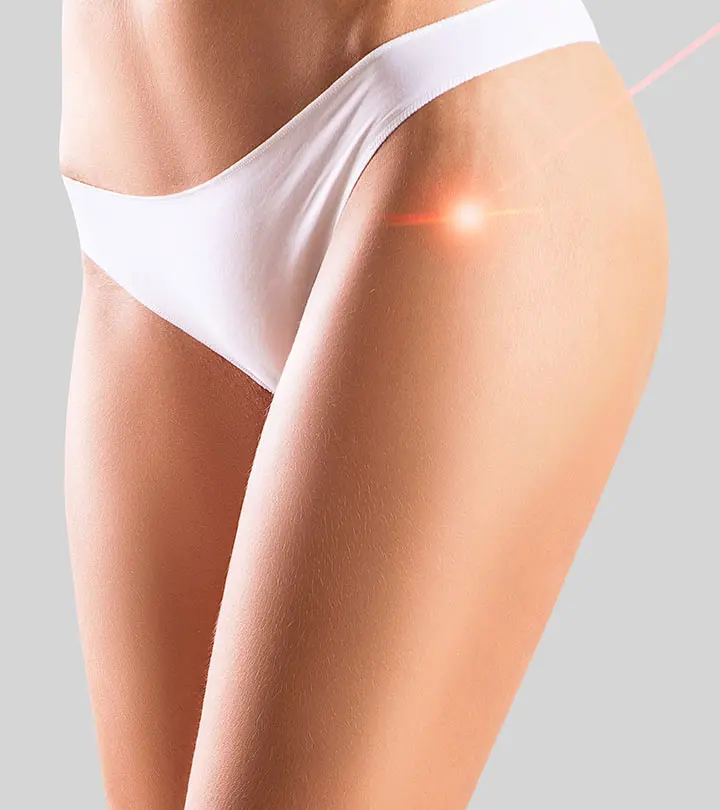




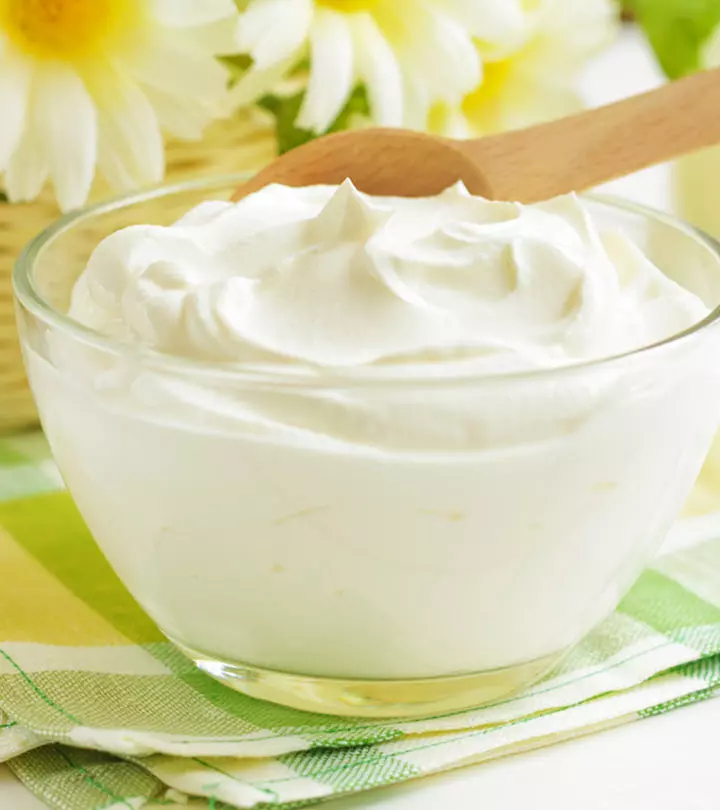
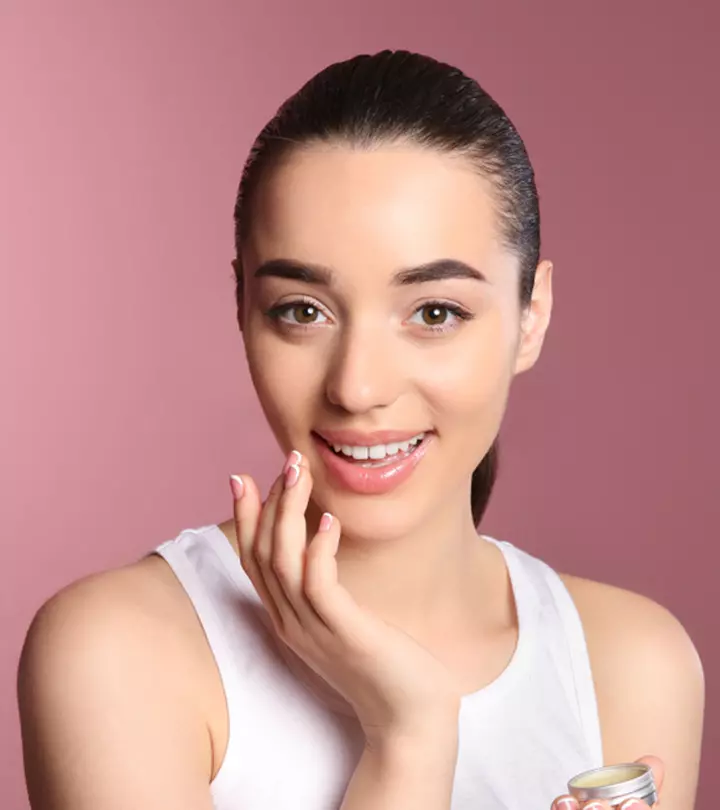
Community Experiences
Join the conversation and become a part of our empowering community! Share your stories, experiences, and insights to connect with other beauty, lifestyle, and health enthusiasts.